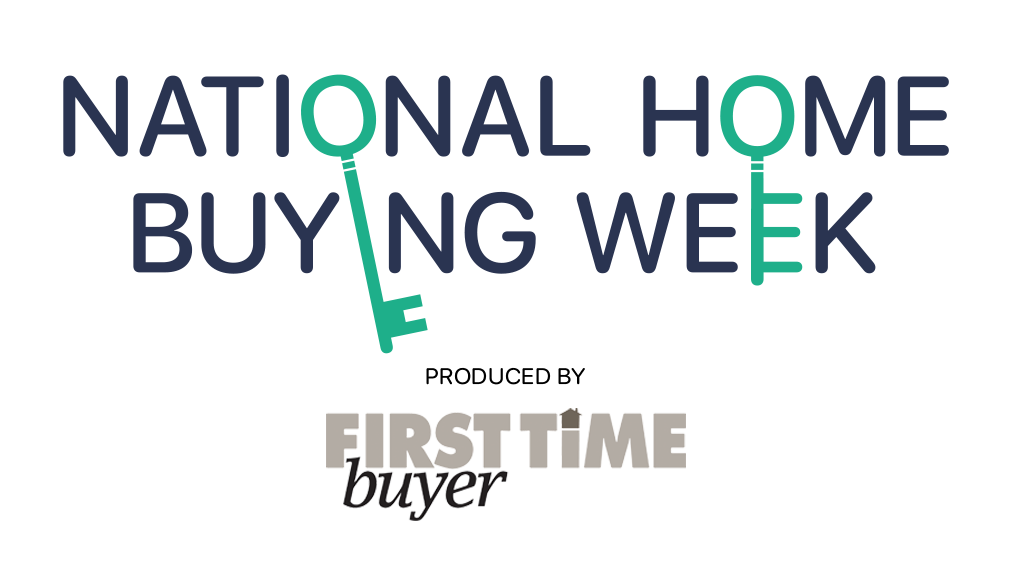Stamp duty on Shared Ownership
When you purchase a new build shared ownership property you are presented with two options for paying SDLT. You can either pay on the price you are paying for your share and the rent or pay on the FMV. You may also be able to benefit from First Time Buyer’s Relief provided you are a first time buyer and the FMV of the property is £500,000 or less.
PAYING ON THE SHARED AND THE RENT (ALSO KNOWN AS PAYING IN STAGES):
If you opt to pay on the share and the rent you will pay SDLT on the actual price you are paying to purchase your share in the property and may well have to pay SDLT on the Specified Rent ie the rent you are paying to the landlord for the part of the property you do not own (particularly for a shared ownership property in London with a high value and low share purchase).
The payment on the rent is calculated based on the Net Present Value (NPV) of the lease; the simple explanation of NPV is the value of the rent over the life of the lease but it is more complicated than this (and too complex to explain in this article). HMRC does provide a calculator to enable this figure to be calculated (and to save us, conveyancers, from requiring a tax degree in addition to our legal qualifications!).
If the FMV is £500,000 or less and you are a first time buyer you will be able to claim first time buyers’ relief. This means that if the share you are buying is less than £300,000 then you will not have to pay any SDLT whatsoever for your purchase. If it is between £300,000 - £500,000 you will have to pay SDLT either on the FMV or on the share and rent dependent on your circumstances.
If the FMV is more than £500,000, which is often the case in London particularly, then you cannot claim first time buyers’ relief even where the share you are buying is less than £500,000.
The downside to paying SDLT on the price and the rent is that you will be liable for further SDLT payments if and when you staircase above 80% ownership (which is explained in further detail later).
PAYING ON THE FULL MARKET VALUE (ALSO KNOWN AS A MARKET VALUE ELECTION):
If you pay on the FMV of the property then you are making a market value election. This means that you will pay SDLT on the rates shown in the table above on the full value of the property; eg if you are buying a 25% share for £87,500 in a property valued at £350,000 then by making a market value election you will pay SDLT on the FMV of £350,000 (which would be £2,500 as a first time buyer or £7,500 if you are not a first time buyer).
When you make a market value election the positive outcome is that you will pay no further SDLT when you buy additional shares in the property.
So how do you decide what option totake? Well this depends on your own circumstances of course and you should ensure you speak to your specialist shared ownership conveyancer for advice on the different options – although they cannot make the decision for you, they can inform you what the different options mean to you both now and in the future. For example all first time buyers who are purchasing a property with a FMV of less than £300,000 would be advised to claim the first time buyers’ relief as this means no Stamp Duty Land Tax is payable now or when you staircase in the future.
When you consider your options you need to think about what may happen in the future. For example, if you have purchased a 25% share, are you likely to staircase to 100% ownership or are you likely to re-sell before you are in a position to do this? If the latter, then you may be better off paying a lower SDLT payment now on the share and the rent as you will not have any benefit from paying on the FMV
SDLT FOR A SHARED OWNERSHIP RESALE PROPERTY
When you purchase a shared ownership resale property ie an existing non-new build) SDLT is simply paid at the usual rates as shown in the table above for the price you are paying for the property. The rent payable for the property is not relevant for SDLT purposes and neither is the FMV.
The only other consideration is to establish whether the first buyer of the property paid on the share and the rent or made a full market value election as with the former this means you will still have to pay SDLT once you staircase over 80% ownership whereas with the latter you will not have to pay any SDLT for any subsequent staircasing transaction.
SDLT WHEN YOU SELL YOUR SHARED OWNERSHIP PROPERTY
When you sell your property you may be selling on the open market to someone who is buying your share in the property and staircasing to 100% ownership simultaneously. Often the landlord or the lease will require that you as the seller simultaneously staircase to 100% at the same time you sell your share. The author of this article has heard of many horror stories of sellers having to pay thousands of pounds in SDLT essentially to sell their property. However, if you are staircasing to 100% and simultaneously selling your property you should not have to pay SDLT as you can claim SDLT sub-sale relief. An SDLT return will still need to be filed with HMRC but no SDLT is payable.
SDLT WHEN YOU BUY ADDITIONAL SHARES (STAIRCASING)
Staircasing is where a shared ownership leaseholder purchases additional shares in the property.
SDLT is not payable for any staircasing transaction up to 80% ownership and SDLT is also not payable where a market value election was made at the time of the original purchase.
If no market value election was made by the original buyer who paid on the share and the rent then SDLT is payable once staircasing takes the leaseholder’s ownership over 80% and this is where it gets horribly complicated, but is briefly explained in the bullet points below:
- SDLT is payable only when the staircasing exceeds an 80% share
- The amount of SDLT payable is based on the current SDLT rates (possibly with the exception of any payment due for the first grant of the lease – see below)
- SDLT is payable for any previous staircasing transactions (possibly including the first grant of the lease – see below)
- If SDLT was paid on previous transactions (for example if staircasing to 85% occurred) then additional SDLT could now be payable based on the current value – this is because all previous transactions are counted as linked transactions
- SDLT is payable based on the totals paid but apportioned based on the premium for each share/total premium paid
- SDLT (or additional SDLT) is payable for the initial grant of the lease on staircasing over 80% ownership only when the initial lease was granted before 12 March 2008. If it was granted after this date then it is not considered a linked transaction
- If SDLT is payable on the initial grant of the lease then this is paid on the SDLT rate at the time of the grant of the initial lease
- Once staircasing to 100% is achieved, then all Stamp Duty Land Tax shared ownership complications cease to exist for future transactions.

